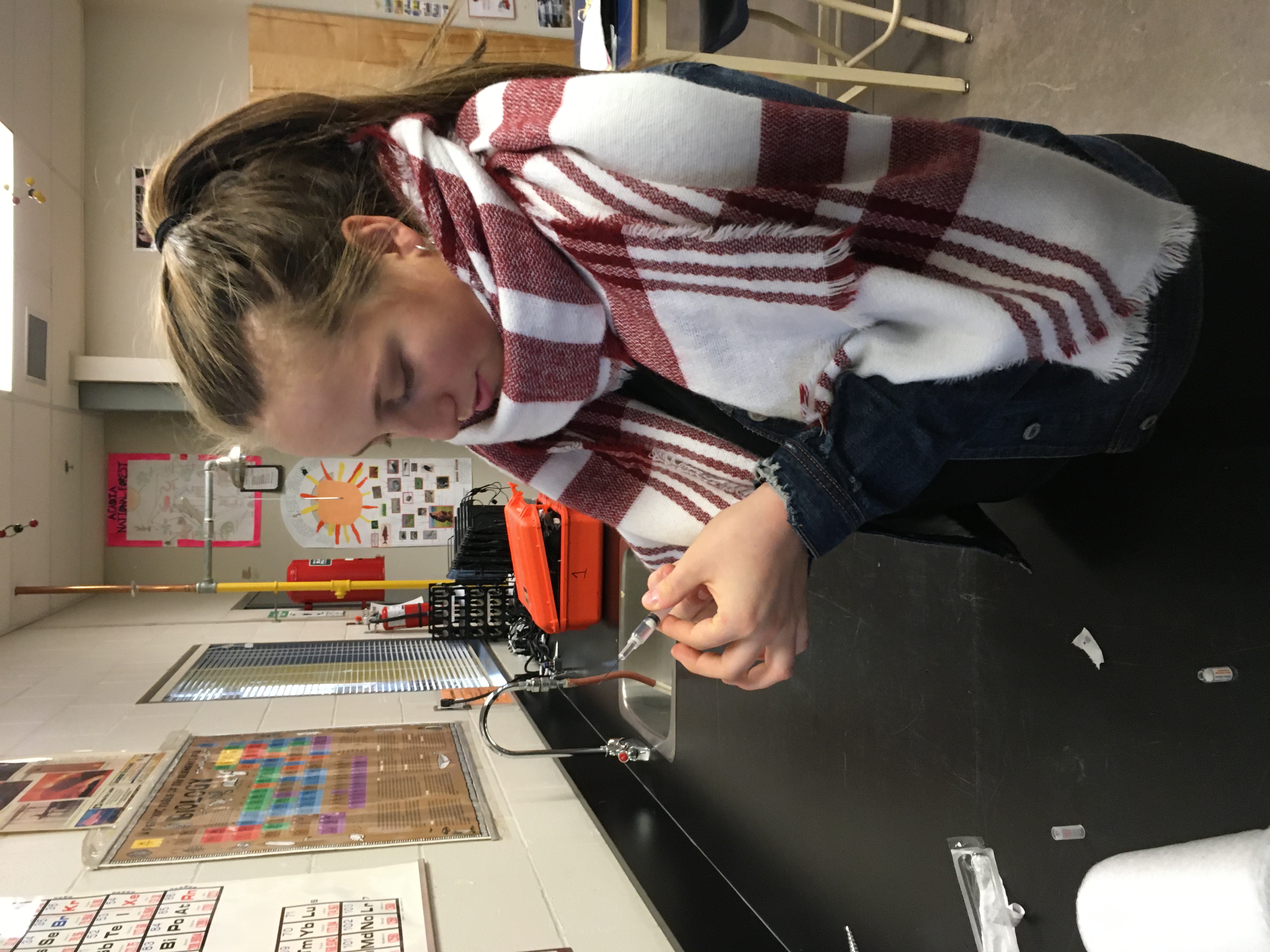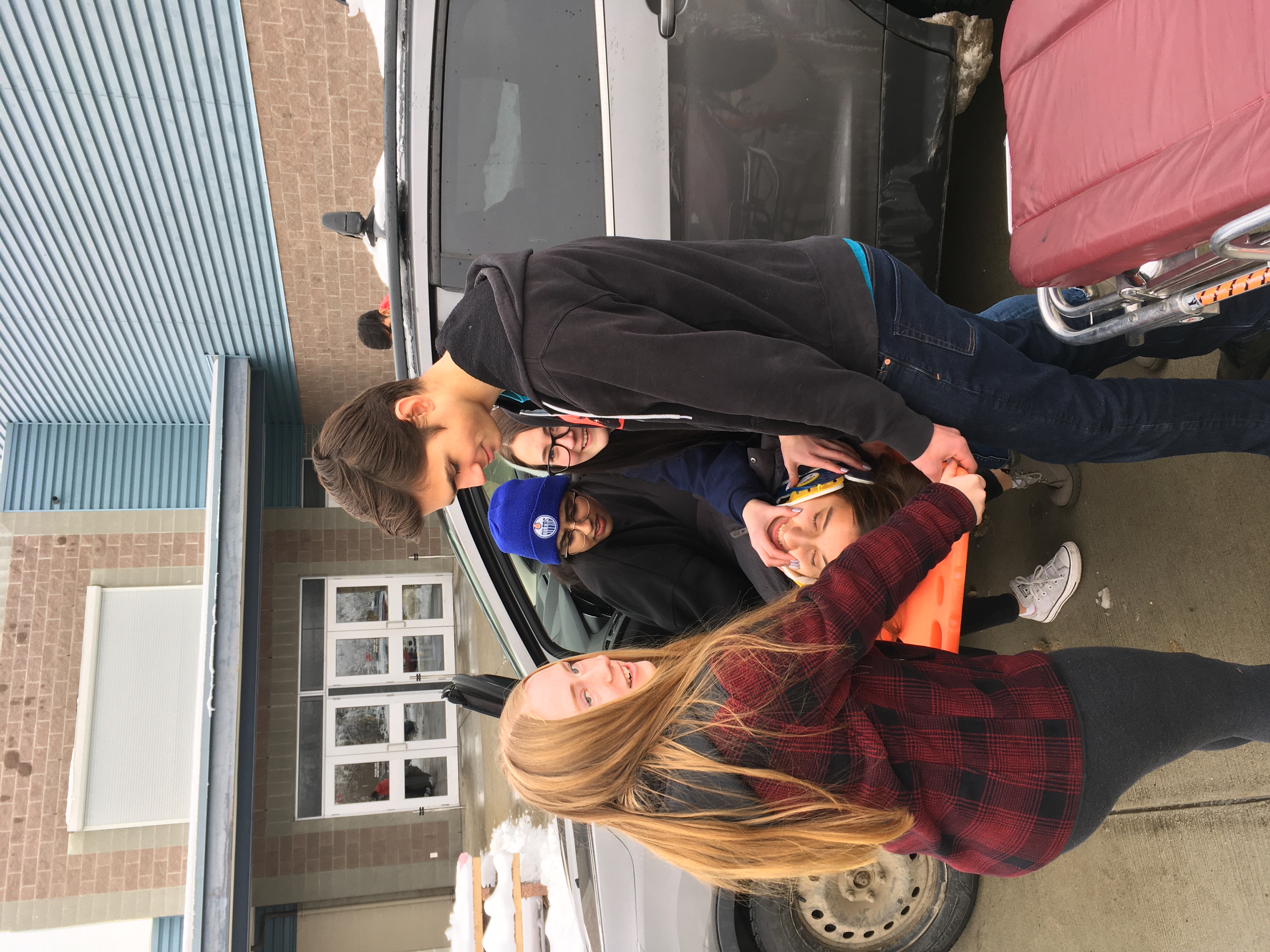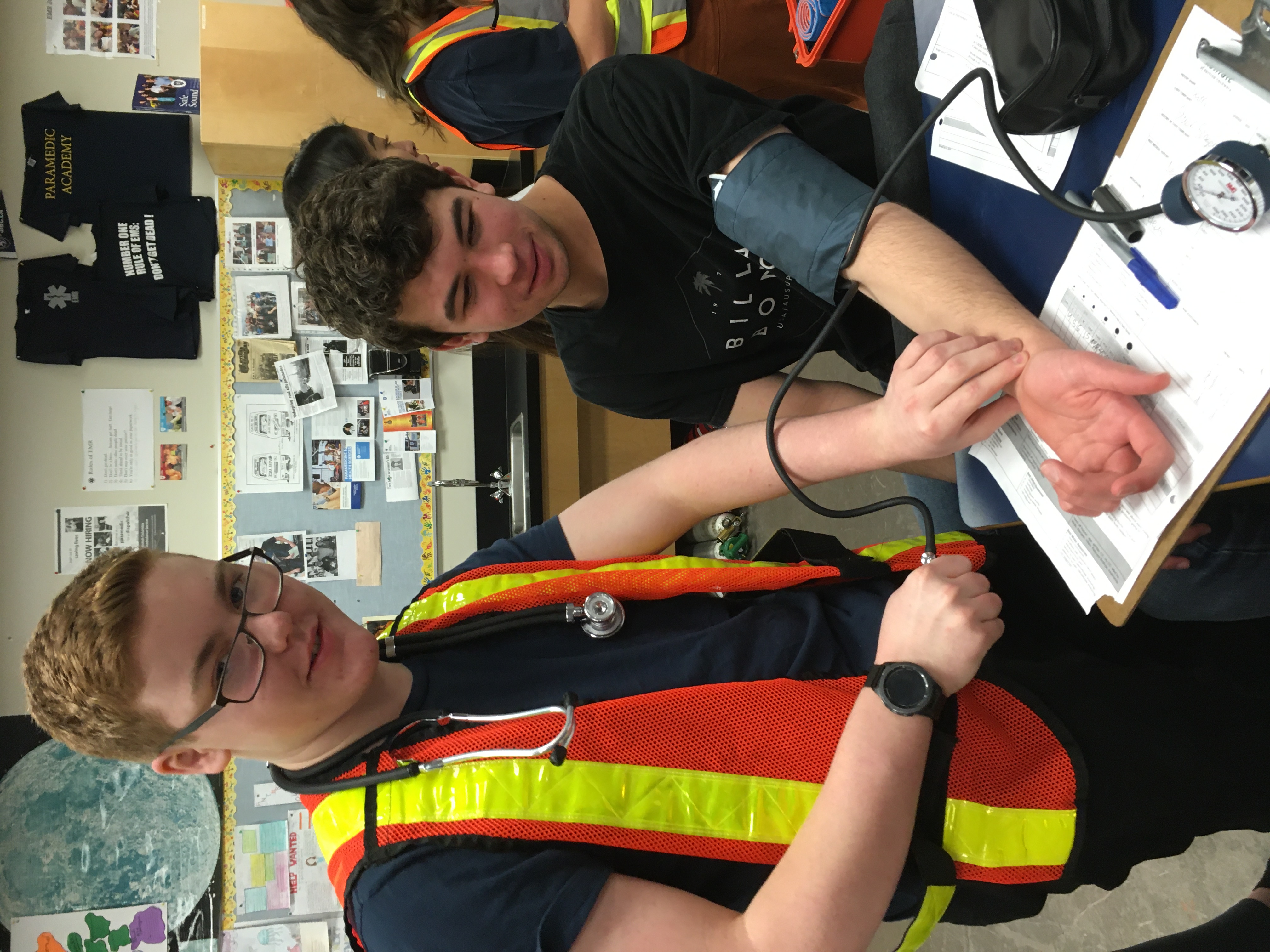
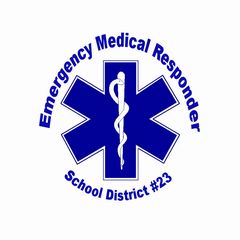
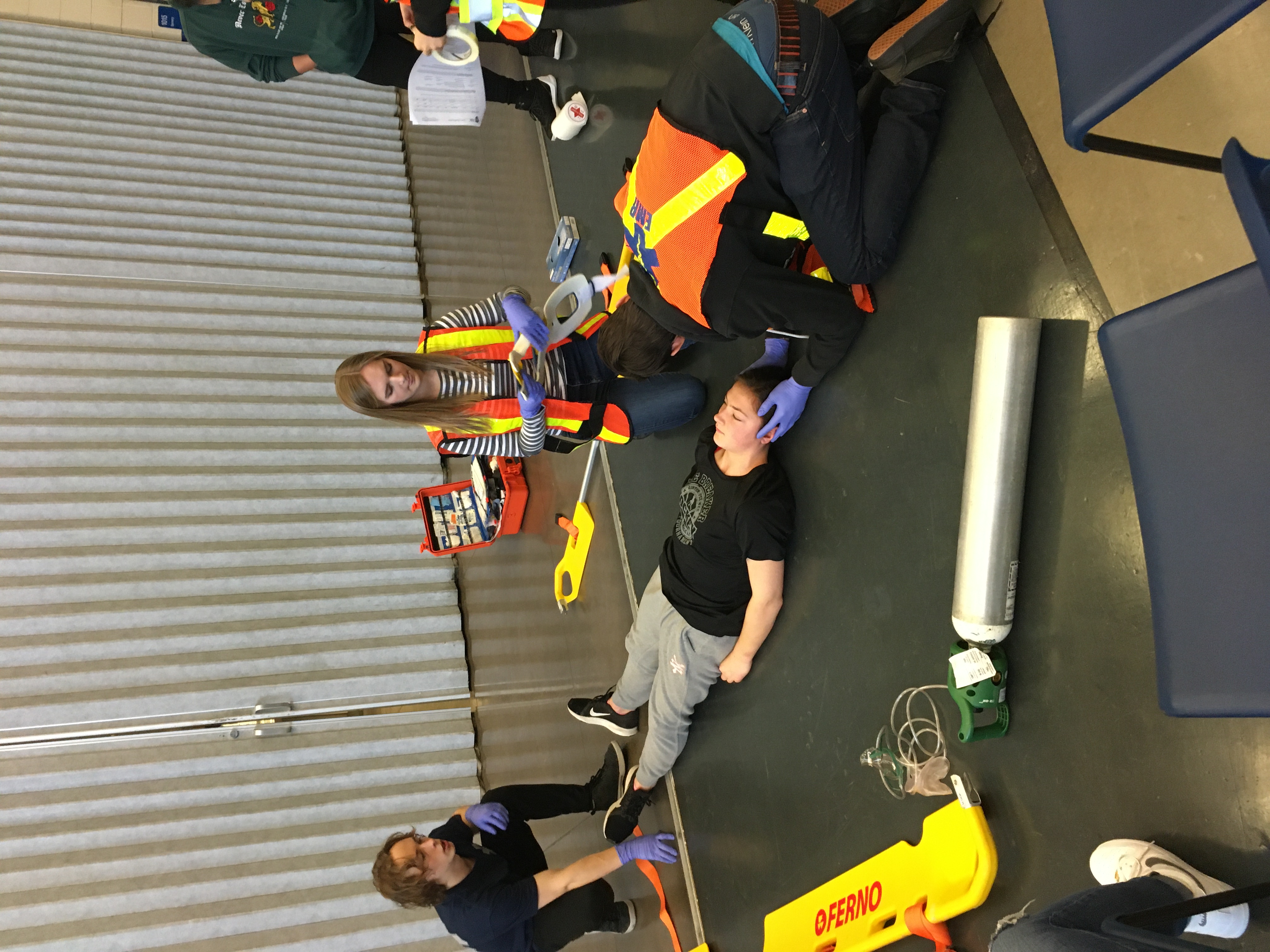
CONTACT
mailto:aaron.volk@sd23.bc.caFrequently Asked Questions
Q: Who should take EMR?
A: Any student interested in a career in emergency services (police, ambulance, fire), medical careers (nurse, LPN, doctor) or just interested in having more training.
Q: What level of first aid is EMR?
A: It is the highest level of first aid short of taking a paramedic course. The next level after EMR would be the Primary Care Paramedic program.
Q: Where is the course offered?
A: At Rutland Senior Secondary School
Q: How many credits is EMR?
A: EMR is 8 credits towards graduation. There is an online course and a classroom course, so consider it like taking two courses
Q: Can a student form another school take EMR at Rutland Senior?
A: Yes. It is open to the whole district. You woul be responsible for getting here. Schedules match with OKM, GESS and MBSS. Students from KSS should consult with their counsellor.
Q: What kind of certification will I get?
A:
- Standard First Aid (OFA I equivalent) card that is good for 3 years.
- Red cross basic life suppor (BLS - highest CPR ) , good for 3 years
- EMR certificate (assuming you pass all the exams).
- If you want to go into the Primary Care Paramedic program, all you need is the certificate.
- This allows you to write your EMR license exams from the government if you wish to work as an EMR.
- With EMR government license, students can apply for Worksafe BC OFA III equivalency
Q: Is there a fee?
A: Yes, a fee of $300 is paid to the Justice Institute of BC (whose course we are using). Note that outside of high school the EMR course costs about $1500.
Q: How is EMR compared to other classroom courses?
A: EMR is different in that most of the theory is learned on your own through the online course. Most of the classroom course is used for hands-on practical training. There is little note taking or lecturing.
